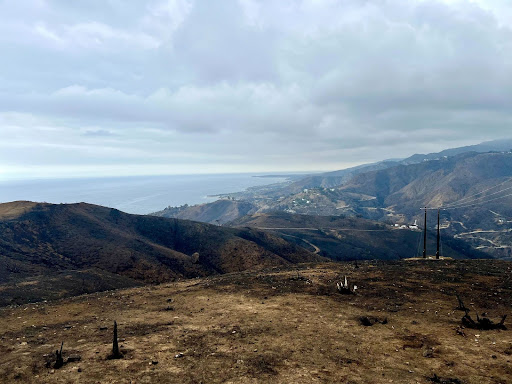The Role of Archaeological Surveys in Environmental Consulting
When assessing land for development, environmental consultants consider not only natural resources but also cultural and historical assets. Archaeological surveys play a crucial role in this process, ensuring that significant cultural resources are identified and preserved before construction begins. These surveys help developers comply with regulations like the National Historic Preservation Act (NHPA) while balancing progress with heritage conservation.

An archaeological dig, or excavation, is a method used by archaeologists to uncover and study physical remains from past human civilizations
Why Are Archaeological Surveys Important?
Archaeological surveys are essential for identifying historical sites, artifacts, and other culturally significant features that may be impacted by development. These resources can include:
- Indigenous burial sites or ceremonial grounds
- Historic buildings, foundations, or settlements
- Artifacts such as tools, pottery, and inscriptions
- Ancient roads, trails, or irrigation systems
Protecting these cultural assets is not only a legal obligation but also a way to honor the history of the land and the communities connected to it.

Desert Corridor Survey
Regulatory Compliance and Legal Considerations
One of the primary reasons archaeological surveys are conducted in environmental consulting is to ensure compliance with state and federal laws, particularly the NHPA. This law requires that any federally funded or permitted project undergo a review process to determine its impact on historical and archaeological sites.
Other regulations, such as the National Environmental Policy Act (NEPA) and Section 106 of the NHPA, mandate that projects take cultural resources into account before breaking ground. Failure to conduct proper archaeological assessments can result in legal penalties, costly project modifications, and damage to cultural resources.

SummitWest archaeologists remain on-site during the Palisades Fire restoration, ensuring cultural resources are protected throughout the process. Photo captured by Alex Amaki
How Archaeological Findings Influence Development
The results of an archaeological survey can significantly impact how a construction project moves forward. If no significant cultural resources are found, development can proceed as planned. However, if a site contains artifacts or structures of historical importance, several outcomes are possible:
Project Redesign: Developers may need to adjust construction plans to avoid disturbing the site. This can involve rerouting roads, shifting building locations, or altering excavation methods.
Mitigation Measures: In some cases, archaeologists may excavate and document the site before construction continues, ensuring that valuable historical data is preserved.
Preservation Efforts: If a site is deemed highly significant, it may receive legal protection, preventing development in that area altogether.

“If a site contains artifacts or structures of historical importance, developers may need to adjust construction plans to avoid disturbing the site.”
Collaboration Between Environmental Consultants and Archaeologists
Environmental consultants work closely with archaeologists to integrate cultural resource management into project planning. This collaboration ensures that development projects meet regulatory requirements while minimizing impacts on cultural resources. Consultants also help communicate findings to stakeholders, including government agencies, developers, and local communities.c
Archaeological surveys are a vital component of environmental consulting, helping to protect cultural heritage while facilitating responsible development. By identifying and preserving significant sites, these surveys ensure that progress does not come at the cost of history. For developers, proactive cultural resource assessments help avoid legal hurdles, project delays, and community conflicts, making them a crucial step in sustainable land management.

